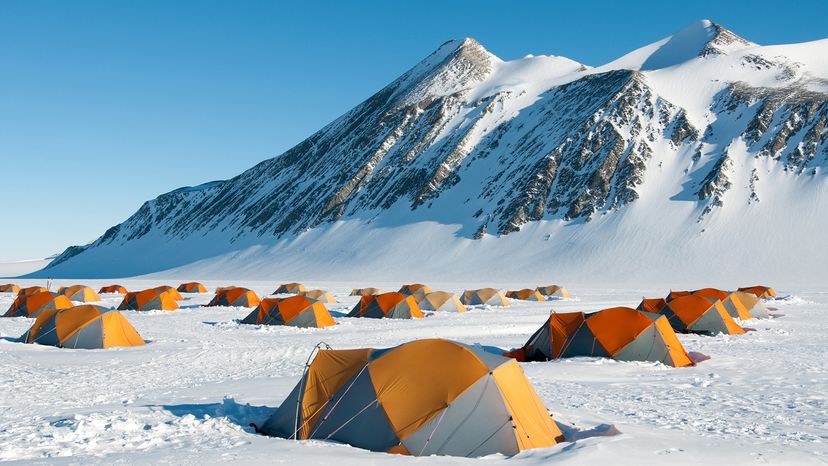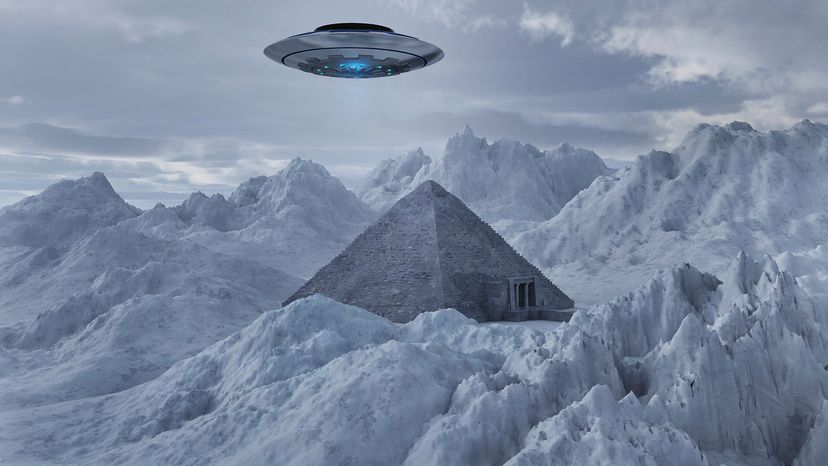Here are some more pyramidal peaks that are sadly not the discovered remains of alien spaceships that crash-landed on Earth a million years ago.
1. Alpamayo, Peru
It is difficult to find a better example of natural beauty than the Cordilla Blanca mountain range in the Peruvian Andes. Although it is not the tallest mountain, this nearly 20,000-foot (6,100-meter) peak presents a unique angular glacial horn that closely mimics the pyramidal shape of Giza's ancient wonders.
2. Pyramid Mountain, British Columbia, Canada
This aptly named peak developed its pyramid-like sides through natural processes similar to those of the unnamed mountain in Antarctica. However, this Canadian peak is the product of a primordial "song of ice and fire," as volcanic eruptions contacted ice sheets, forming a subglacial mound.
3. Pyrin Mountain, Bulgaria
This mountain range is home to some of Europe's southernmost glaciers, which lends to similar freeze-thaw erosion.


